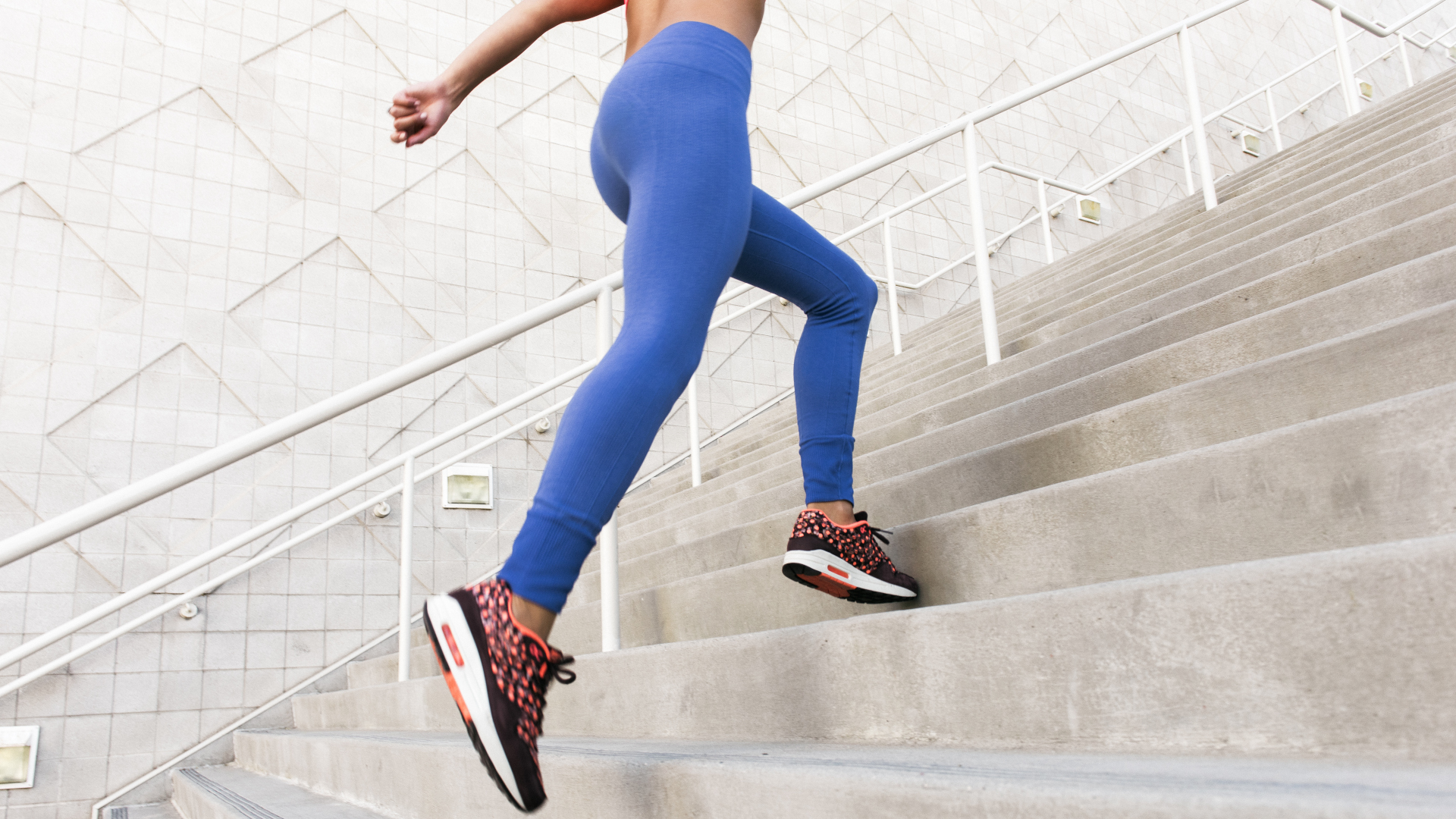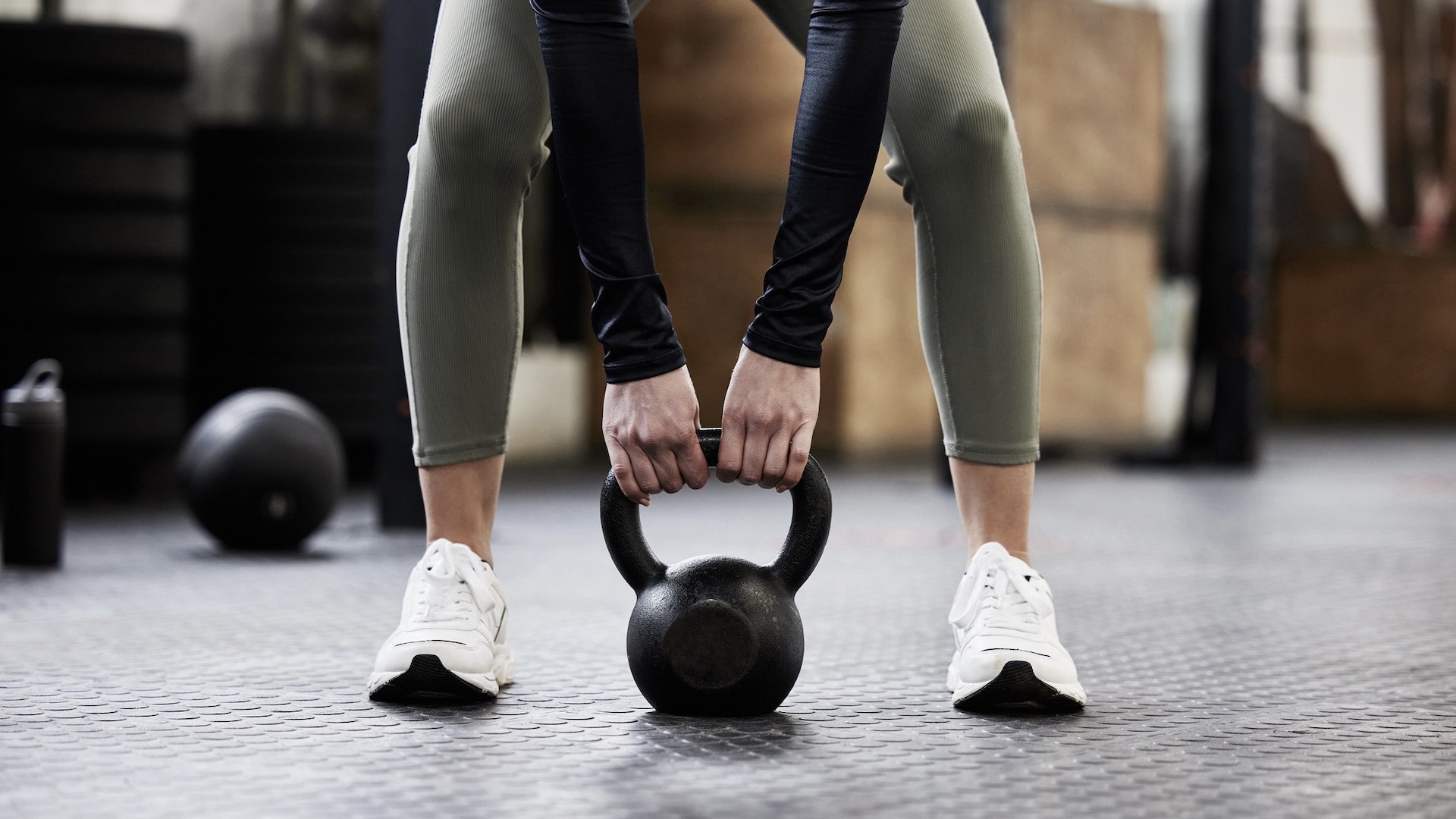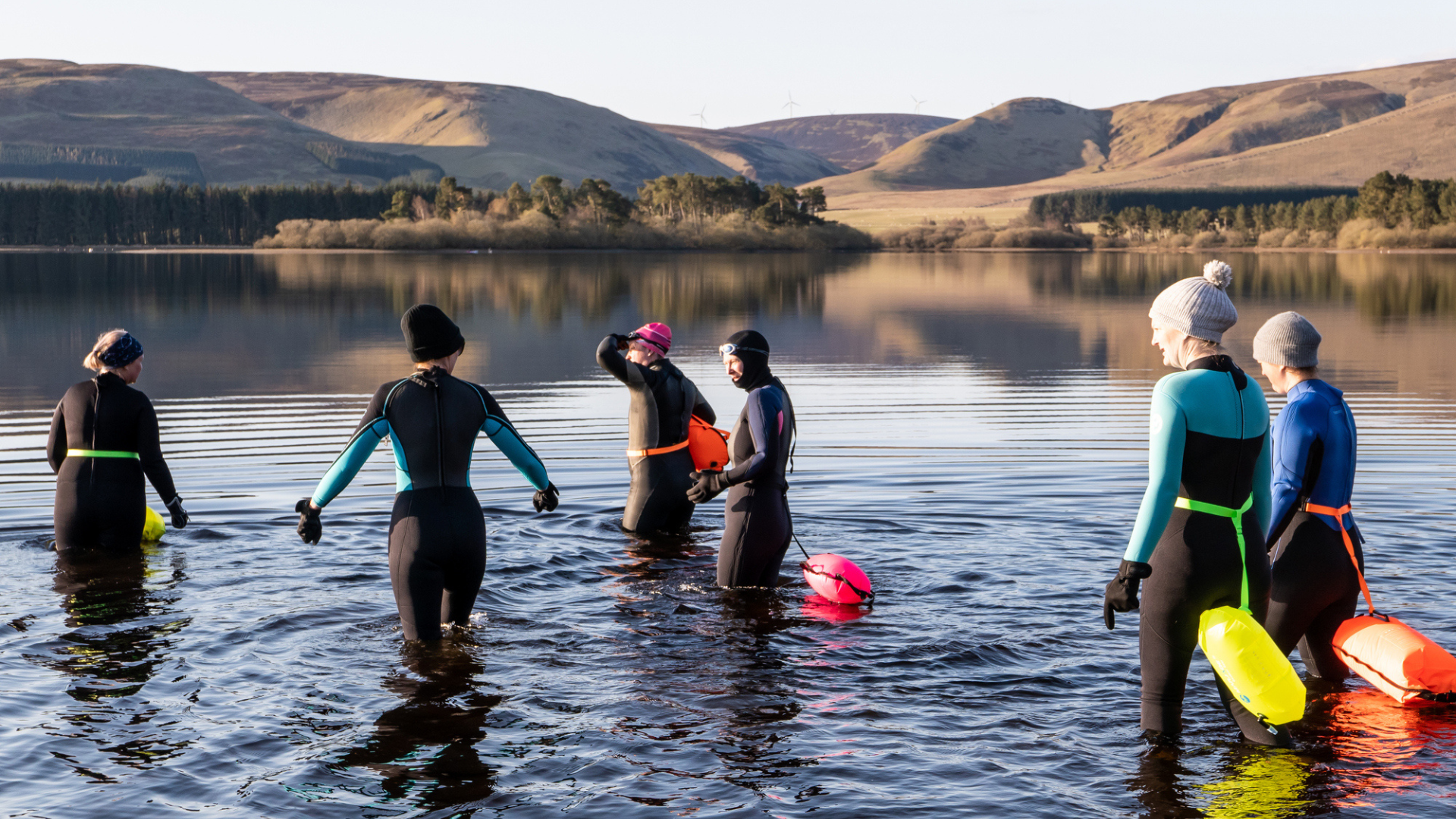Don’t have time for a long run? Try exercise snacking
No matter how short on time you are, exercise snacking can help you offset the risks of a sedentary lifestyle and support your fitness and training goals

I was recently on a train home from Liverpool after attending an outdoor trade show and got chatting to a woman who works at a law firm while raising her five-year-old daughter alone. She’d love to be able to return to her previous running regime, but as she explained, her days consist of dropping her daughter off at school, taking the train to work, leaving work early to pick up her daughter from school and then going back to work from home after her daughter’s bedtime. Her family lives in Greece so she has no one to lean on when she needs time for herself. When on earth would she have time to go for a run (or go on a date, or take a yoga class), she lamented. When indeed?
As we talked, I recalled some studies I’d read last year on an approach called “exercise snacking,” which I thought might be a method that even she, with her overburdened schedule, could potentially have success with. This being a modern world, and us both being curious people, we soon looked it up on our phones and by the time we parted ways at a small station in northern England, she’d resolved to give it a go and we’d exchanged numbers so she could keep me posted on her progress.
Even if you don’t have quite such a packed schedule and lack of support as my new friend, you might have found that it’s difficult for you to fit in a long run around work, studies, kids and other obligations. For a lot of us, when we can’t make the time for what we consider to be a more satisfying workout, we often abandon the idea altogether, our trail running shoes sit gathering dust, and we end up missing out on doing any physical activity whatsoever. If this sounds like you, you might want to consider exercise snacking yourself, to help offset the risks of a sedentary lifestyle and support your fitness and training goals.

What is exercise snacking?
Sadly, exercise snacking doesn’t involve any running gels or eating whatsoever. Rather, it entails exercising in small, bite-sized bouts rather than over prolonged periods of time. This doesn’t mean running for only 20 minutes instead of two hours, however. We’re talking about exercising for really short sessions, say 20 to 60 seconds, or as long as it might take you to mindlessly munch on a chocolate chip cookie.
Exercise snacking probably sounds a lot like interval training, and it definitely grew out of that approach, but it’s not exactly the same. Instead of doing, say, 10 one-minute high intensity bursts with two minutes of recovery in between each for a total of 28 minutes, with exercise snacking you spread out multiple spurts over the day, leaving up to four hours in between the snacks.
As an example, you might sprint around the block at 8 a.m. before you start work, again on your lunch break and once more at the end of your work day. Other people might take “snacks” of stair climbing or jumping jacks for as little as 20 seconds at a time spread out at three-hour intervals. The end result is that you’ve spent less than five minutes a day engaged in exercise.

What are the benefits of exercise snacking?
If exercise for you typically means a 5k run, a hike or 30 minutes in the gym , you’d be forgiven for thinking that there can’t be too many advantages to getting what amounts to a few minutes of movement, but early research suggests it might be more beneficial that it seems.
Advnture Newsletter
All the latest inspiration, tips and guides to help you plan your next Advnture!
A 2019 pilot study on older adults employed two exercise snacks a day of 60-second sit-to-stand sessions and their results revealed a six percent increase in leg muscle power in just 28 days. Obviously, if you’re not doing lower body strength training as your exercise snack, you won’t replicate these exact results, but it does give some indication as to how much gain you can expect to see within just two minutes a day. If you’re runner, it also suggests that improving leg strength really might not require long (and boring) weights sessions at the gym.
Perhaps more relevant to runners, another study performed in 2019 compared exercise snacking with traditional HIIT training among young adults. Both groups performed three 20-second cycling sprints over 18 sessions, but while one group performed these interval-style with only three-minute recovery periods, the snacking group enjoyed rest periods of between one and four hours. At the end of the six weeks, the snacking group saw greater improvements in both their VO2 max (+6% compared to 4%) and time trial performance (+13% compared to 9%) than their traditional interval counterparts.
Like any training method, your results will depend on what you do during your snacks, and what you do should be chosen according to your goals, but it’s safe to say that if you can find five minutes to spare for exercise, you definitely shouldn’t fall into the trap of thinking that such a short period of time is pointless. And while it definitely can’t replace sustained exercise and long runs, it’s definitely more beneficial than skipping exercise altogether and may even support your training goals.

Another obvious benefit to exercise snacking is that you can fit it into literally any day or schedule. My friend on the train can squeeze in her short runs between school and work and the train station, or even do some squats on the station platform if she’s not feeling too self-conscious. Even if you’re home all day with young children, you can get away with 20 seconds of squats while you’re making the peanut butter and jelly sandwiches – have them join you or do it with the baby in a sling.
Finally, even if you’re going for 60 seconds of all-out sprinting, you’re not likely to get particularly sweaty, so exercise snacks during your work day won’t leave you looking like a frizzy-haired, red-faced mess when your 10 a.m. meeting rolls around. There’s no need for a shower or major cool down after exercise snacking.
So the benefits seem persuasive, but one question remains – is exercise snacking more effective than just exercising for three minutes a day uninterrupted? No studies have been done yet that compare the two, but certainly if your day otherwise involves a lot of sitting down, exercise snacking that gets you up several times might be better for your health.

Are there any risks with exercise snacking?
Like any exercise, there’s always a risk of doing too much too soon, and this risk could be somewhat increased because you’re exercising for such a short period of time and might be more motivated to really go hard. If you’re already active, you can probably give it all you’ve got right out of the gate, but if you’ve been sedentary for a period of time or are returning to running after injury or pregnancy, it’s important to consult a medical professional and ease in when it comes to duration, frequency and intensity of your snacks. You might be able to do a lot of good in 20 seconds but you could also do some harm.

Exercise snacking: tips for getting started
Getting started with exercise snacking is pretty simple. If you’re short on time, all you really need to do is find three to five 20-60 second breaks in your day when you can get moving, even if it’s on your way to the bathroom or the water cooler at work.
According to the studies, your snacks should be spread out by resting periods of between one and four hours and you don’t have to do the same exercise in each one. What type of exercises you do depends on your goals – if you’re trying to run faster or improve your stamina, you might do sprints, but to improve your strength you’ll do some type of resistance training and for overall fitness you can do whatever you like. Here are some ideas of what you can do for exercise snacks:
- Run or walk briskly around the block
- Climb stairs
- Stationary bike exercises
- Sit-to-stand exercises
- Squats
- Lunges
- Pushups
- Pullups
- Jumping jacks
As you can see, exercise snacking doesn’t have to be complicated, but the key to success is remembering to do it. Use a sports watch so you can set an alarm to remind you when it’s time for your next snack and set a timer for the snack itself. If you’re doing your exercise snacks from the office, dress in clothes you can move in and bring or wear your road running shoes if you’re planning on getting out for a sprint around the block.
Julia Clarke is a staff writer for Advnture.com and the author of the book Restorative Yoga for Beginners. She loves to explore mountains on foot, bike, skis and belay and then recover on the the yoga mat. Julia graduated with a degree in journalism in 2004 and spent eight years working as a radio presenter in Kansas City, Vermont, Boston and New York City before discovering the joys of the Rocky Mountains. She then detoured west to Colorado and enjoyed 11 years teaching yoga in Vail before returning to her hometown of Glasgow, Scotland in 2020 to focus on family and writing.

